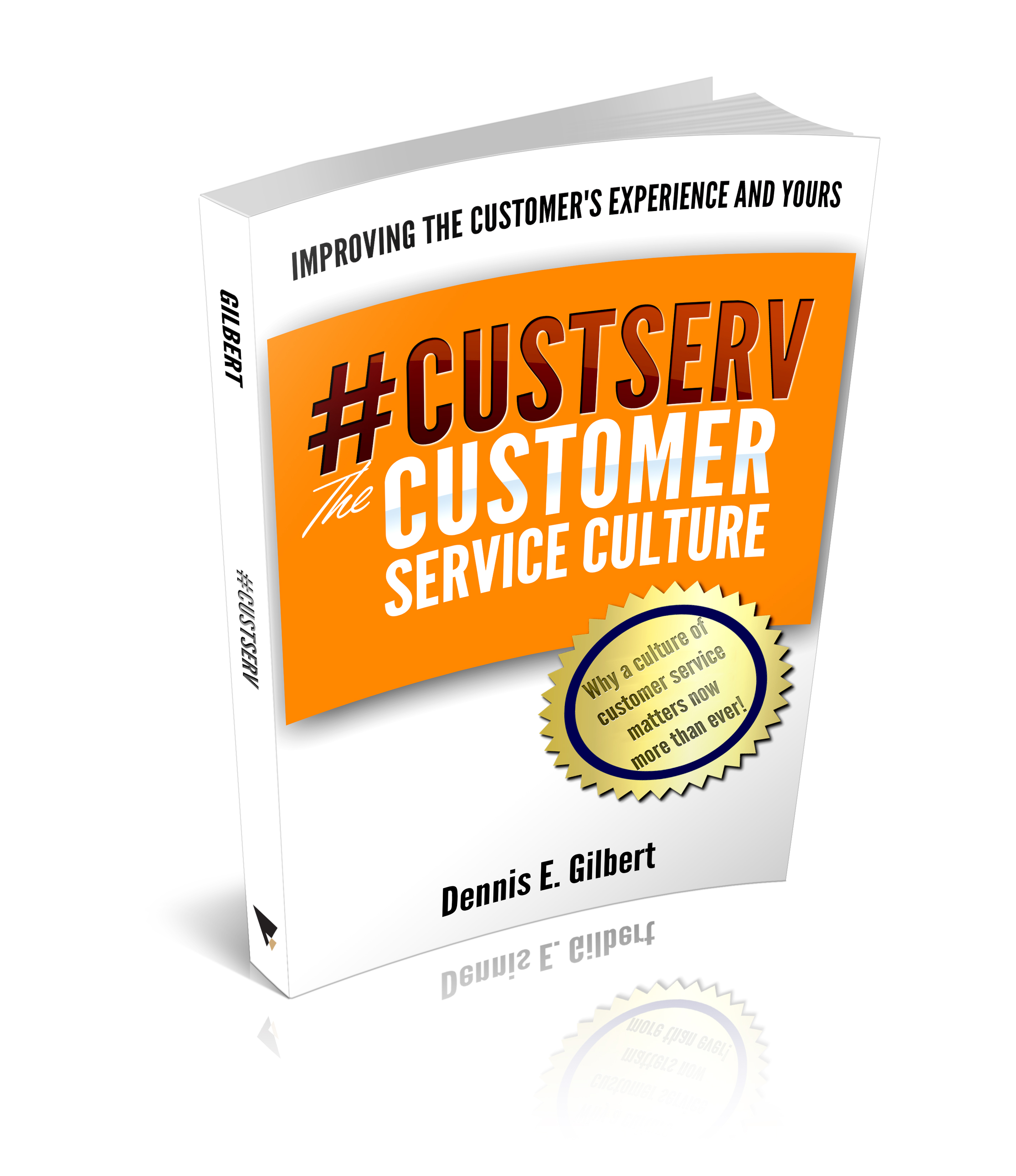
Service Escalation and Why Your Customers Ask For It
“Follow the chain of command.” That is what we are often taught. Many workplace professionals identify this as a sign of respect, integrity, and loyalty. Are your customers asking for service escalation?
It happens the moment a customer asks to speak with the manager. Some customers may act on impulse. They have learned from experience that you need to jump to a higher level to get results.
Starts Internally
The same is true internally. When the operations group feels that the sales group over-committed. When the sales group feels that operations aren’t fulfilling efficiently. Employee teams either solve the problems or escalate them.
In most cases there is a force at work here. The force is trying to stop the escalation. The concept is simple. When you stop the problem from escalating you are servicing the customer more efficiently.
No fingers are pointed. Time and effort are minimized. Everyone is happy. At least that is the concept.
It is a tug-of-war with the customer. For the customer it may send the message that their service problem is not important. The customer demands escalation, the leadership wants to train the staff not to escalate.
Training the staff to avoid escalation has value to the customer, but only when it is proven. Proof occurs when the staff is appropriately empowered (and trained) to solve problems.
Service Escalation
In the smallest organization, the President is the front line. Things typically work out. In every organization larger than the smallest, different challenges develop.
Organizational leaders should understand the challenges faced by the customer. A good starting point is listening carefully to those they have empowered on the front line.
The culture of service internally is what the external customer always feels.
Escalation occurs when the customer feels it is required.
Listen for the requirements. It is a story you can’t afford to miss.
-DEG
Dennis E. Gilbert is a business consultant, speaker (CSPTM), and corporate trainer that specializes in helping businesses and individuals accelerate their leadership, their team, and their success. He is a five-time author and some of his work includes, #CustServ The Customer Service Culture, and Forgotten Respect, Navigating A Multigenerational Workforce. Reach him through his website at Dennis-Gilbert.com or by calling +1 646.546.5553.














